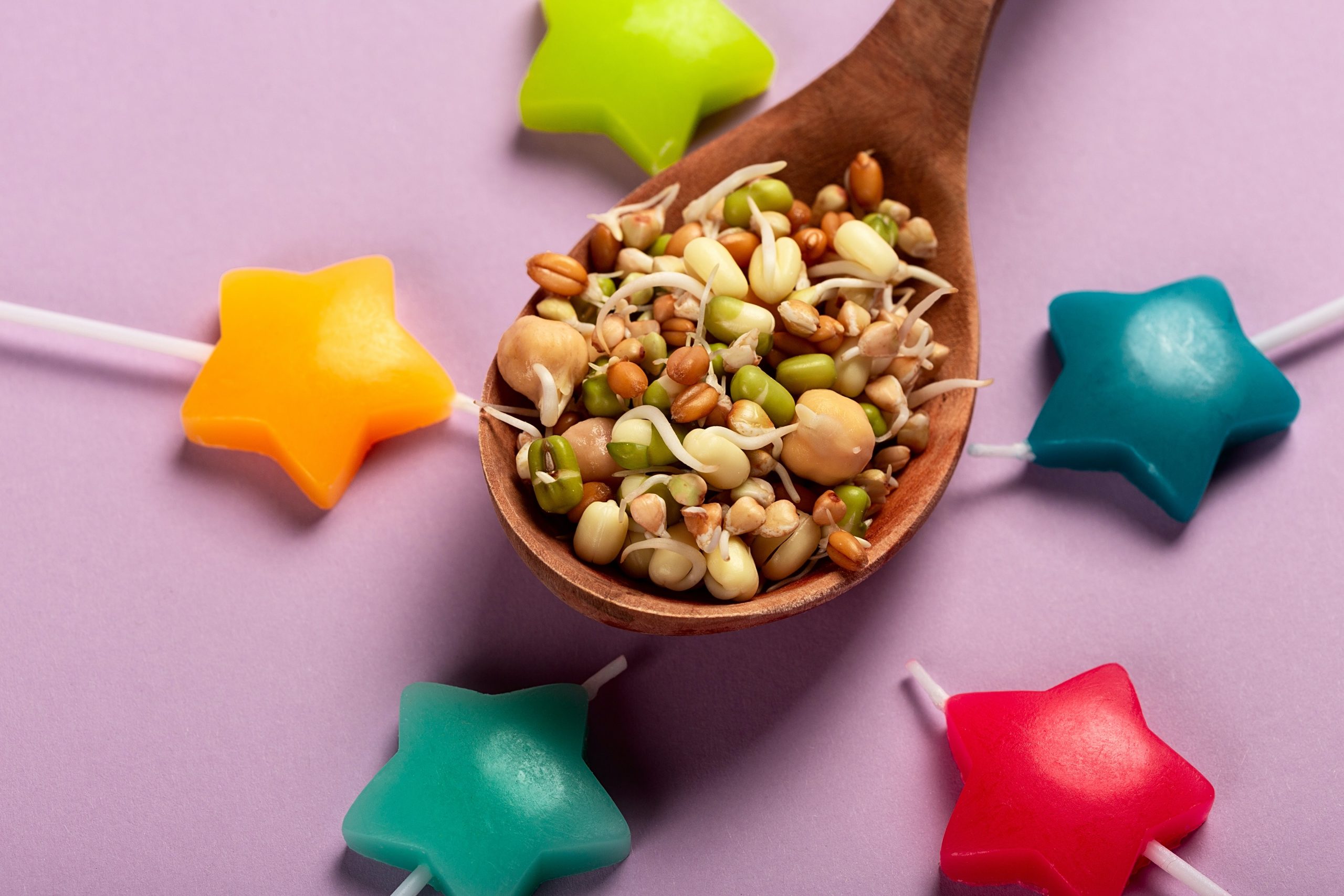Food, health, and care are three core life factors for maintaining optimum nutritional status. We are mostly concerned about healthy and unhealthy foods (Nurturing Frequent Stress About Healthy And Unhealthy Food Choices And Consumption. | Learn Nutrition Online (learnutritiononline.com)).
Have you ever thought about unsuitable or uncomfortable nonfood factors that may be more unhealthy than unhealthy foods alone?
I would like to draw your attention to the following things:
- Healthy and unhealthy foods (1, 2,3,4,5,6,7),
- Suitable and unsuitable or uncomfortable nonfood factors of health (1,8),
- Stress and associated factors or causes of stress (9,10), and
- Stress and health (11,12).
We may go in-depth to figure out the roles of the above things while considering the following factors:
- Personal and Professional settings (13,14),
- A balance between real and virtual life (15,16),
- Interactions between all of these.
Let’s try to diversify and complement foods and unhealthy nonfood factors to make a balance between positive and negative effects on health (17,18,21). At least this initiative or approach would minimize the negative effect on health (22).
To promote comfortable environments: food and nonfood, we need to develop policies and programs based on multiple factors such as
- Types of stress present,
- Duration of time for stress exposure,
- Quality or standard of living,
- Cost of living (19,20),
- Alternative approaches,
- Relationships between service providers and receivers,
- Stress produces-intentional or unintentional,
- Facilities for coping with stress,
- Scopes for dealing with the situation (23,24,25,26), etc.
(Continued…)
*Featured image credit goes to https://www.pexels.com
References:
- Nutrition, Health, and Your Environment (nih.gov)
- Determinants of health (who.int)
- Unhealthy Foods | American Heart Association
- Poor Nutrition | CDC
- How information about what is “healthy” versus “unhealthy” impacts children’s consumption of otherwise identical foods – PMC (nih.gov)
- WHO EMRO | Unhealthy diet | Causes | NCDs
- Nutritional and non-nutritional dietary factors affecting obesity and chronic related disorders | European Journal of Public Health | Oxford Academic (oup.com)
- Social determinants of health (who.int)
- Stress (who.int)
- STRESS AND HEALTH: Psychological, Behavioral, and Biological Determinants – PMC (nih.gov)
- How stress affects your health (apa.org)
- Stress effects on the body (apa.org)
- Human rights (who.int)
- Personhood: An Essential Characteristic of the Human Species – PMC (nih.gov)
- How Social Media Changes Our Perception of Reality (thechicagoschool.edu)
- Virtuality and Reality: Two Sides of the Same Coin | SpringerLink
- Which foods don’t belong in a healthy diet? – Harvard Health
- Healthy Diets and Modifiable Risk Factors for Non-Communicable Diseases—The European Perspective – PMC (nih.gov)
- Healthy Food Prices Increased More Than the Prices of Unhealthy Options during the COVID-19 Pandemic and Concurrent Challenges to the Food System – PMC (nih.gov)
- Assessing the Cost of Healthy and Unhealthy Diets: A Systematic Review of Methods – PMC (nih.gov)
- Diet Related Non Communicable Diseases | NCD Alliance
- Food Consumption Determinants and Barriers for Healthy Eating at the Workplace—A University Setting – PMC (nih.gov)
- Health and environmental impacts of diets worldwide – Global Nutrition Report
- Food Insecurity – Healthy People 2030 | health.gov
- Healthy ways to handle life’s stressors (apa.org)
- The Best Foods to Relieve Stress (and Some to Avoid) – The American Institute of Stress
- What is Stress? – The American Institute of Stress
- Healthy diet (who.int)
- Constitution of the World Health Organization (who.int)
If you are interested to learn more, please visit the following links:
On-demand Or Forced Feeding? | Learn Nutrition Online (learnutritiononline.com)
Key definitions:
Stress: “The term “stress”, as it is currently used was coined by Hans Selye in 1936, who defined it as “the non-specific response of the body to any demand for change”. ” (27)
Healthy diet: “A healthy diet helps to protect against malnutrition in all its forms, as well as noncommunicable diseases (NCDs), including diabetes, heart disease, stroke and cancer.” (28)
Unhealthy diet: “Unhealthy diet and lack of physical activity are leading global risks to health.” (28)
Health: “Health is a state of complete physical, mental and social well-being and not merely the absence of disease or infirmity.” (29)

